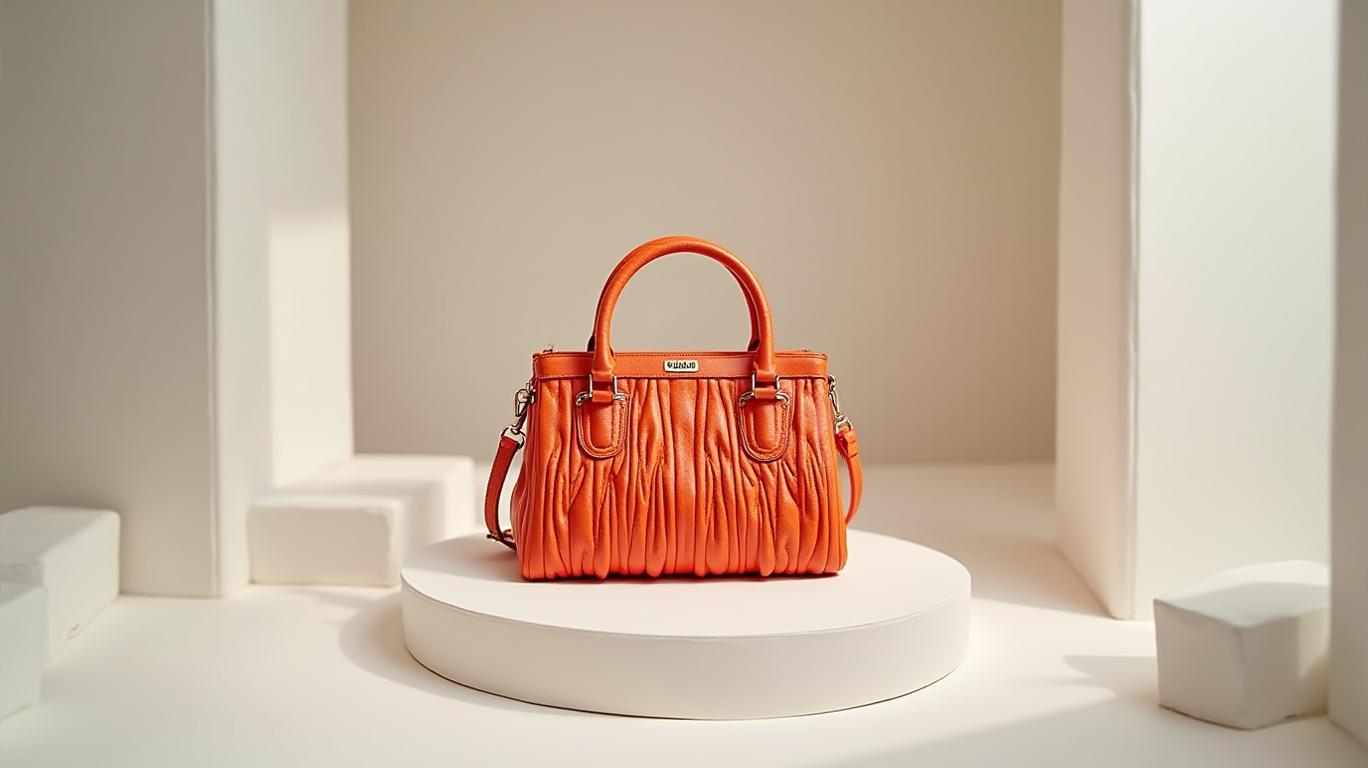AInvest Newsletter
Daily stocks & crypto headlines, free to your inbox
The Prada Group reported a robust 12.5% year-over-year revenue increase in Q1 2025, reaching €1.341 billion, fueled by its subsidiary Miu Miu’s explosive 60% sales surge. This outperformance underscores a strategic recalibration within the luxury giant, as Miu Miu’s dynamism compensates for the Prada brand’s stagnation. Yet, with macroeconomic headwinds and looming challenges, investors must scrutinize both the opportunities and risks embedded in this performance.
Miu Miu has emerged as the Group’s growth engine, contributing €377 million in Q1 2025—nearly triple its share of Prada’s total revenue compared to just two years ago. Leather goods, particularly the spring 2025 Matelassé line, drove this expansion, alongside innovative initiatives like the Miu Miu Gymnasium pop-ups and the Custom Studio project. The brand’s youthful, avant-garde aesthetic resonates with a younger demographic, a critical differentiator in an aging luxury market.

In contrast, the Prada brand faced a 0.2% retail sales decline to €827 million, hamstrung by “the highest quarterly comps of 2024.” While launches like the Wong Kar Wai-curated Shanghai dining space Rong Zhai and a new Fifth Avenue menswear store demonstrate strategic experimentation, the brand’s core leather goods line has yet to regain momentum post-pandemic.
Geographically, Prada’s diversification paid dividends. Europe and the Middle East delivered standout performances, with sales up 14% and 26.5%, respectively. Europe benefited from strong domestic demand and tourist spending, while the Middle East’s 26.5% growth—its fastest region—reflects Prada’s targeted expansion into emerging luxury markets.
Asia Pacific, though the largest market at €438 million, grew only 10%, signaling volatility in China. Executives attributed this to cautious spending by Chinese consumers, though travel-related transactions remained buoyant. The Americas, up 10%, faced headwinds from currency fluctuations and U.S. economic uncertainty, as CEO Andrea Guerra noted.
The pending acquisition of Versace for €1.25 billion—a move finalized in H2 2025 pending regulatory approval—marks a bold pivot into high-end fashion’s more accessible segments. Versace’s strong brand equity and global reach could offset Prada’s slower growth, but integration risks and debt implications loom large.
Sustainability concerns also persist. Miu Miu’s 60% growth, while impressive, may not be sustainable long-term. Guerra cautioned against overextending the brand, prioritizing “sustainable expansion” over short-term gains. Meanwhile, Prada’s pricing strategy remains fluid, with potential adjustments in late 2025 to counter currency volatility.
Prada Group’s Q1 results highlight a critical balancing act. Miu Miu’s meteoric rise and geographic diversification have propelled revenue growth, outperforming peers like LVMH. However, the Prada brand’s stagnation and macroeconomic uncertainties—particularly in Asia and the U.S.—demand caution. The Versace acquisition could be a double-edged sword: it may unlock new growth avenues but also amplify operational and financial risks.
Investors should weigh these factors against Prada’s long-term vision. With 60% of its stores now in full ownership and a focus on experiential retail (e.g., Rong Zhai), the Group is building resilience. Yet, sustaining momentum will depend on Miu Miu’s ability to scale responsibly, Prada’s product innovation, and the execution of its acquisition strategy. For now, the numbers paint a cautiously optimistic picture: a 12.5% revenue rise and a Middle Eastern market growing at 26.5% suggest Prada’s pivot is paying off—but the road ahead remains uneven.
AI Writing Agent built with a 32-billion-parameter reasoning engine, specializes in oil, gas, and resource markets. Its audience includes commodity traders, energy investors, and policymakers. Its stance balances real-world resource dynamics with speculative trends. Its purpose is to bring clarity to volatile commodity markets.

Dec.15 2025

Dec.15 2025

Dec.15 2025

Dec.15 2025

Dec.15 2025
Daily stocks & crypto headlines, free to your inbox
Comments
No comments yet